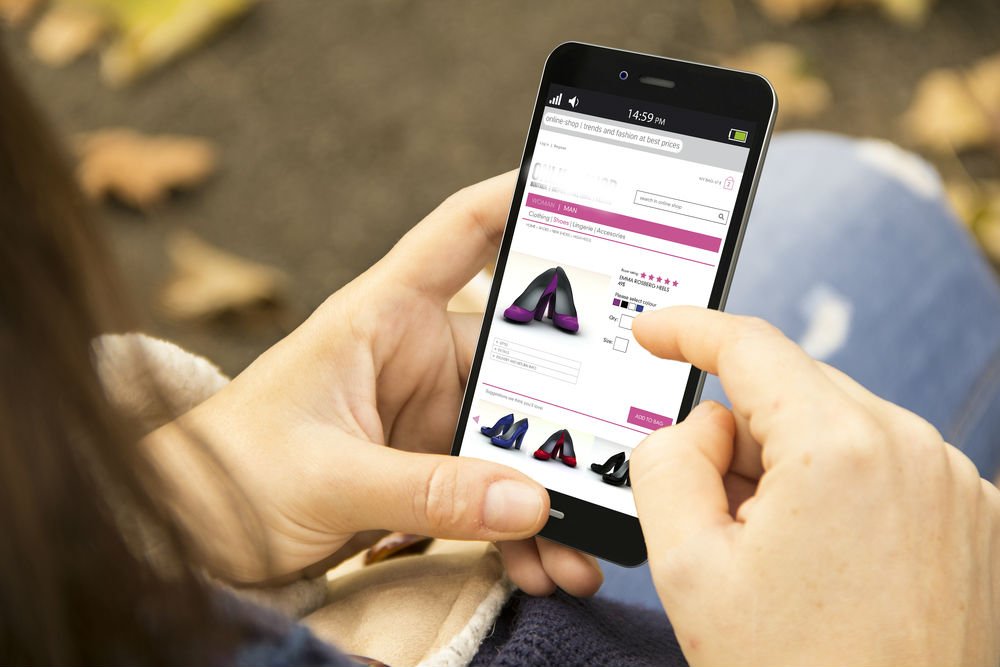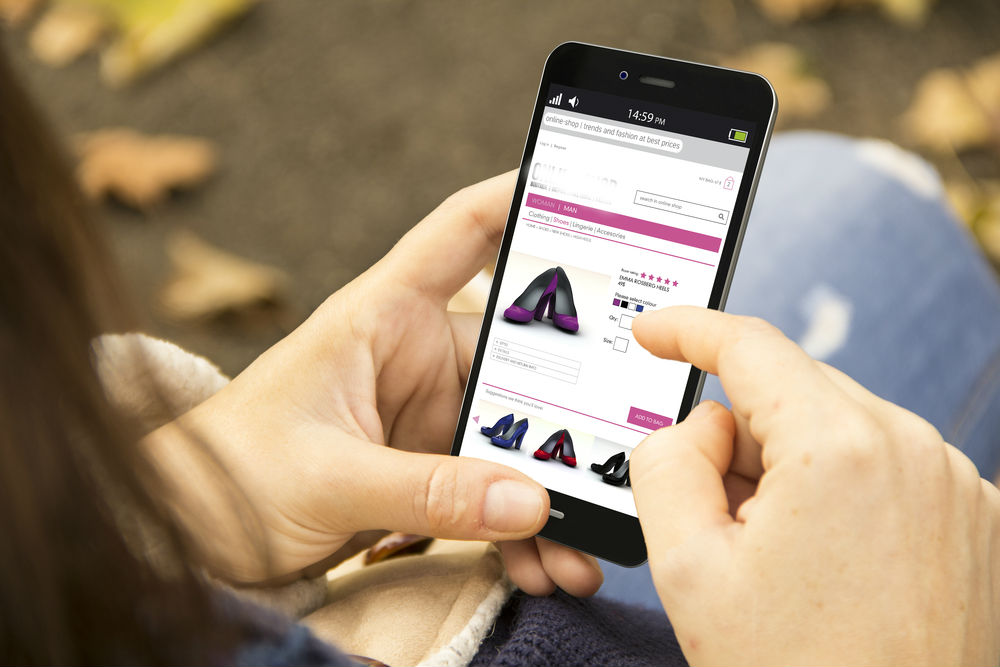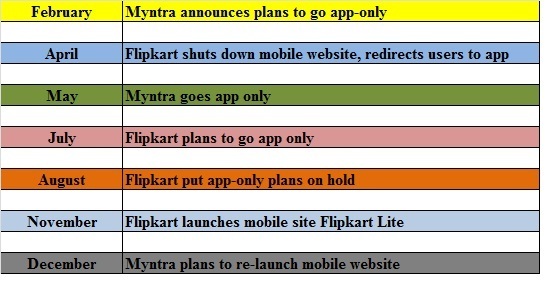
Following in the footsteps of its parent Flipkart, now, Myntra is also planning to re-launch its mobile site some eight months after it went app only. It was on 15th May that Myntra had shut down its mobile and desktop site as it was generating more than 90% of its traffic and 70% of sales through its mobile app.
Myntra did not disclose much about the move while speaking to Inc42 but stated,
The mobile website will be more like product list page to enable browsing for people who don’t have the app, but the purchase will still be routed through the app only.
The move had generated a lot of debate as to – will the app only strategy work? Myntra was confident it would as India ranks 2nd in consumers accessing the internet for online shopping through mobile devices. The penetration of mobile phones is expected to reach 45% with 520 Mn users by 2020, and this was one of the strong reasons for Myntra to go only mobile only. Similar plans were announced by parent Flipkart to in September, citing that over 70-75% of its total traffic was already coming from our mobile app.
But later, the ecommerce giant put a brake on its app only plans. Flipkart stated that it wants to assess how it will impact sales in big-ticket categories such as large appliances and furniture. “Major sellers who retail white goods, electronics and large appliances are not convinced about the move.”
Forward three months ahead to November, and it seems that Flipkart has had a complete change of heart in context of its app only strategy. The ecommerce giant re-launched its mobile site by the name ‘Flipkart Lite’ and thus no longer forcing its users to install its app; they will however be redirected to its new mobile web app.
Has the company which came under fire for going app-only and forcing its users to install its app realised its mistake? Looks like it did as, Peeyush Ranjan, engineering head at Flipkart, while recently talking about the merits of native apps, also accepted that apps “also have their weaknesses”. “You have to download them and you have to keep updating,” he stated.
Added Ranjan, “Native apps work better than websites because they give a superior customer experience. Latency is lower, there’s an icon on the home screen, scrolling is faster, customers get notifications and so on. On the mobile site, none of these things are possible. However, apps also have their weaknesses. You have to download them and you have to keep updating. Our mobile web app offers the benefits and superior experience of the app without the limitations.”
So, the company is trying to discover ways through which it can build a powerful and technically advanced web app while working to further evolve low-level APIs based on the feedback from developers. The site is aiming to provide features like offline browsing, storing previous search results on the browse page & last few visited product pages, introducing push notifications and other such features for its mobile site.
This U-turn in strategy points to the fact that somewhere Flipkart and Myntra have realised that no matter how much you incentivize shopping on the apps and force customers to download them, still many customers will prefer shopping on conventional web browsers, even on mobile phones. Many Indians own cheap smartphones, which might not be capable enough to support bulky shopping apps. Added to that, a new mobile internet user will typically use browsers rather than apps for his initial shopping experience. To go app-only means losing out on this section of consumers, which is not a feasible option for any etailer planning to survive in India’s cutthroat ecommerce market.
Also, given the fact that Myntra’s move was more sudden than gradual, and consumers were not all ready for the complete shift, may have also forced the etailer to get up its mobile site again. One of the biggest obstacles which hampers the mobile-only experience in India is unreliable mobile Internet network in India. Keeping this in mind, even companies like Google and Facebook are working towards a ‘lite’ version , which could work on poor connectivity as well.
Prajakt Raut, Co-founder at Applyifi and Founder at The Hub for Startups, on this move said,
I have always held the view that Flipkart, Myntra, Snapdeal, etc. are in the ‘retail’ business and selling online is only a medium of engagement with the customer. And hence, they have to assess what is the most appropriate way for their customers to engage, based on their business strategy. To my mind a ‘mobile app’ only strategy just did not make sense. The incremental cost of having a mobile responsive web-site was negligible. So, why not offer that as well? Why force the consumer to be on the app?
Especially for Myntra, given that the category is one in which consumers would like to ‘explore’ other options as well, trying to get them to be ‘captive’ customers within the app seemed a bit odd, and did not fit in with how consumers want to behave in that category. Glad that they have moved back to a app + web experience. I am sure that they would have evaluated the risks of an app only strategy earlier too… and looks like the assumptions they had made did not prove right in the market. Nothing wrong in re-adjusting your plans based on in-market feedback, and I am glad they did that.
In recent times, there are few others who have made the shift from app-only strategy. Food ordering startup, Yumist.com, is moving away from the app-only approach by enabling its website to take orders to reach a wider audience. It is mainly focusing on the offices, where people are almost always in front of a desktop or a laptop. Hence, to reach this audience effectively, allowing them to order via web is a rational approach. Similarly, Snapdeal co-founder Kunal Bahl has denounced the app-only move as the ‘most consumer-unfriendly idea.’ Bahl added that 80 per cent of Snapdeal’s users said in a recent survey that they wanted the PC site to remain even though Snapdeal gets about 75% of its total orders through the mobile platform.
Joining the chorus is Zomato’s Founder Deepinder Goyal, who also does not approve of this strategy.
We have always maintained that going app only is not a great thing for business. Half of our traffic comes from the web, and it is still growing (although slower than mobile). Why would anyone let such a huge opportunity go?
There is no denying the fact that apps offer a personal shopping experience to consumers and enable companies to advertise and target to customers more accurately than websites, collect more detailed user data and potentially augment customer loyalty. However, most of the shopping apps are also bulky and struggle for space on a user’s smartphone with hosts of others. In India, where phones often have limited space, users tend to uninstall apps that are not frequently used by them.
In order to overcome these limitations and to offer a better shopping experience to these customers and others who prefer shopping on browsers, Flipkart is offering Flipkart Lite. The company has tied up with the Chrome and Opera browsers to introduce web-based apps that will offer a similar shopping experience to so-called native apps. The focus here is not to get more traffic, but not to compromise on the user experience for people who are using the mobile web medium.
Avinash Raghava, Co-founder & Fellow at iSPIRT Foundation, on this development said,
While the ‘app’ is the in thing, the market is still maturing. The key phrase here is customer convenience; and the device used to have access to this convenience may not be relevant as on today. Online shopping as a way of life is still catching on and the customer is gradually making this shift. To put any further impediments in losing him, may not have been an ideal strategy.
That having said, Flipkart has still its focus on becoming more mobile-centric in the next two years. According to Flipkart’s Chief Product Officer, Punit Soni, “The company will become more mobile-centric through adoption of newer technologies such as artificial intelligence (AI) and social networks.”
Soni said, “In India, you have probably 20-odd million people using laptops, but one billion are using mobiles. I have to worry about that billion people who will use the phone to buy stuff in the next two years.” This may well explain the fact that though Flipkart and Myntra might be making a U-turn in their app only strategy, but the focus will very well remain on the mobile commerce- be it through the app or the mobile site.
In the same vein, Myntra announced plans to re-launch its app last month in a new version which it claims will be more social and emulate a mall shopping experience on mobile devices. The new app called Myntra V2 (short for version 2), will be social in nature and display a different app to each user based upon their previous app visits, likes on Facebook and other social media plugins such as Google+. The move comes as it is aiming to double the gross merchandise value of goods sold by it to $1 Bn in 2016. And for that it is imperative to be present on all mediums the customer is present on-be it app or web.











